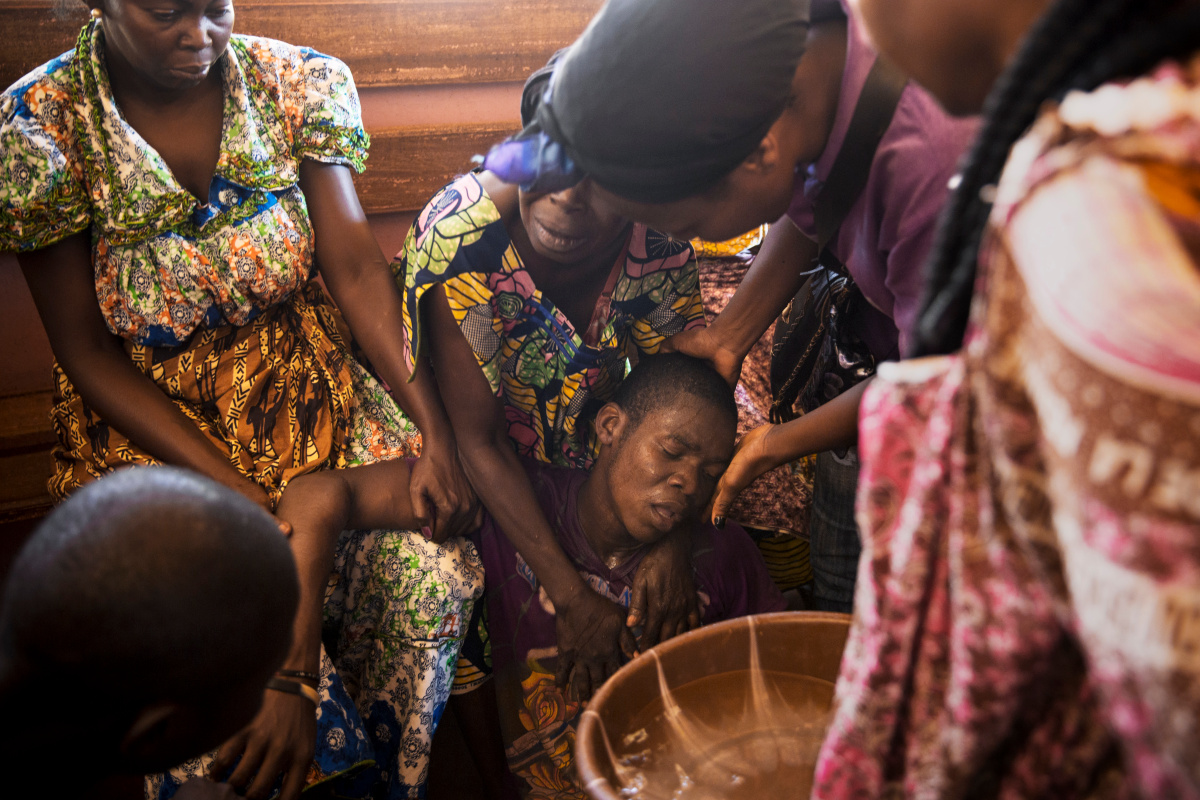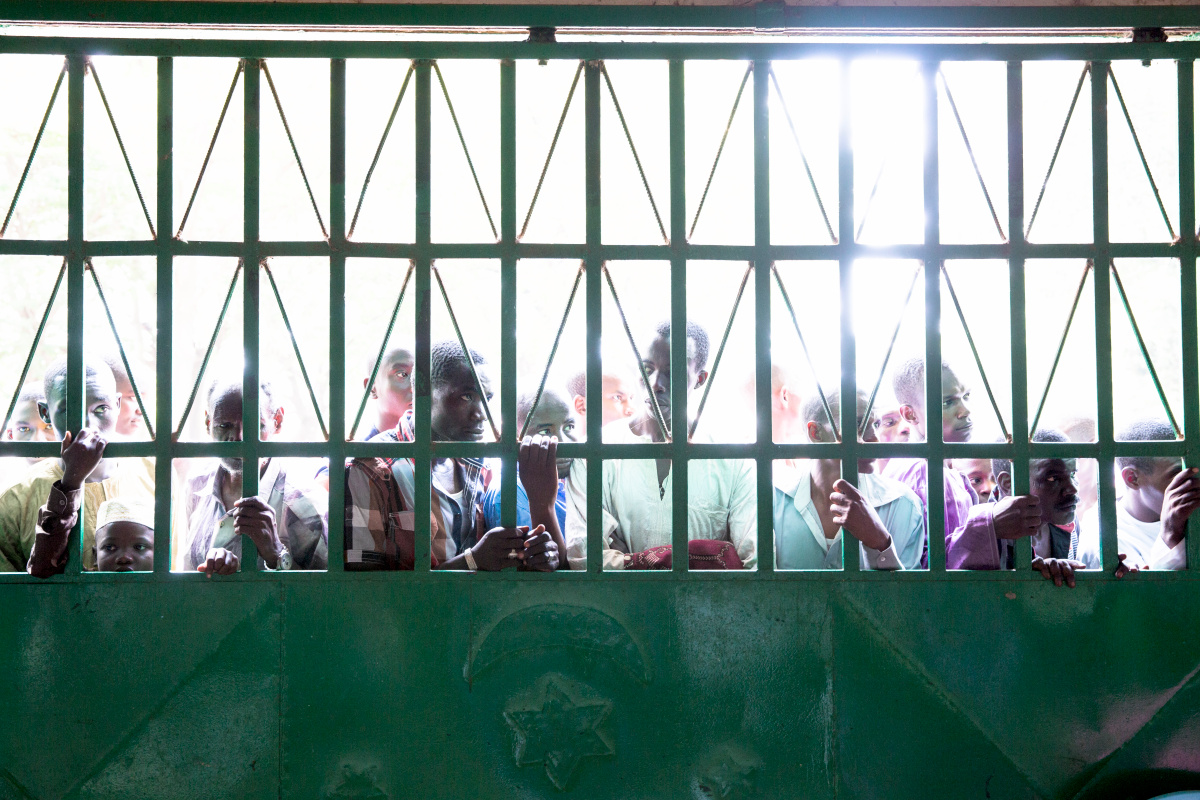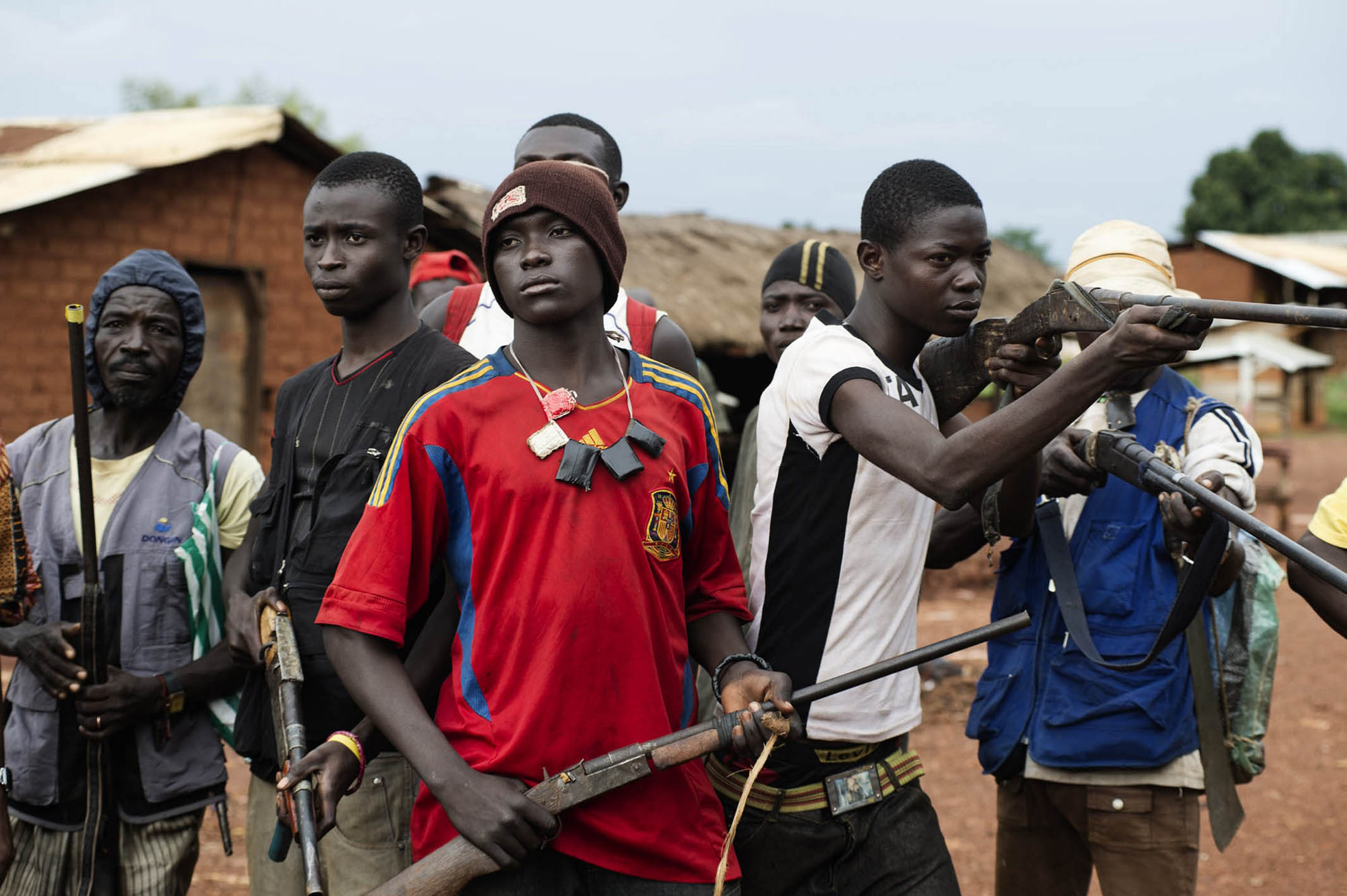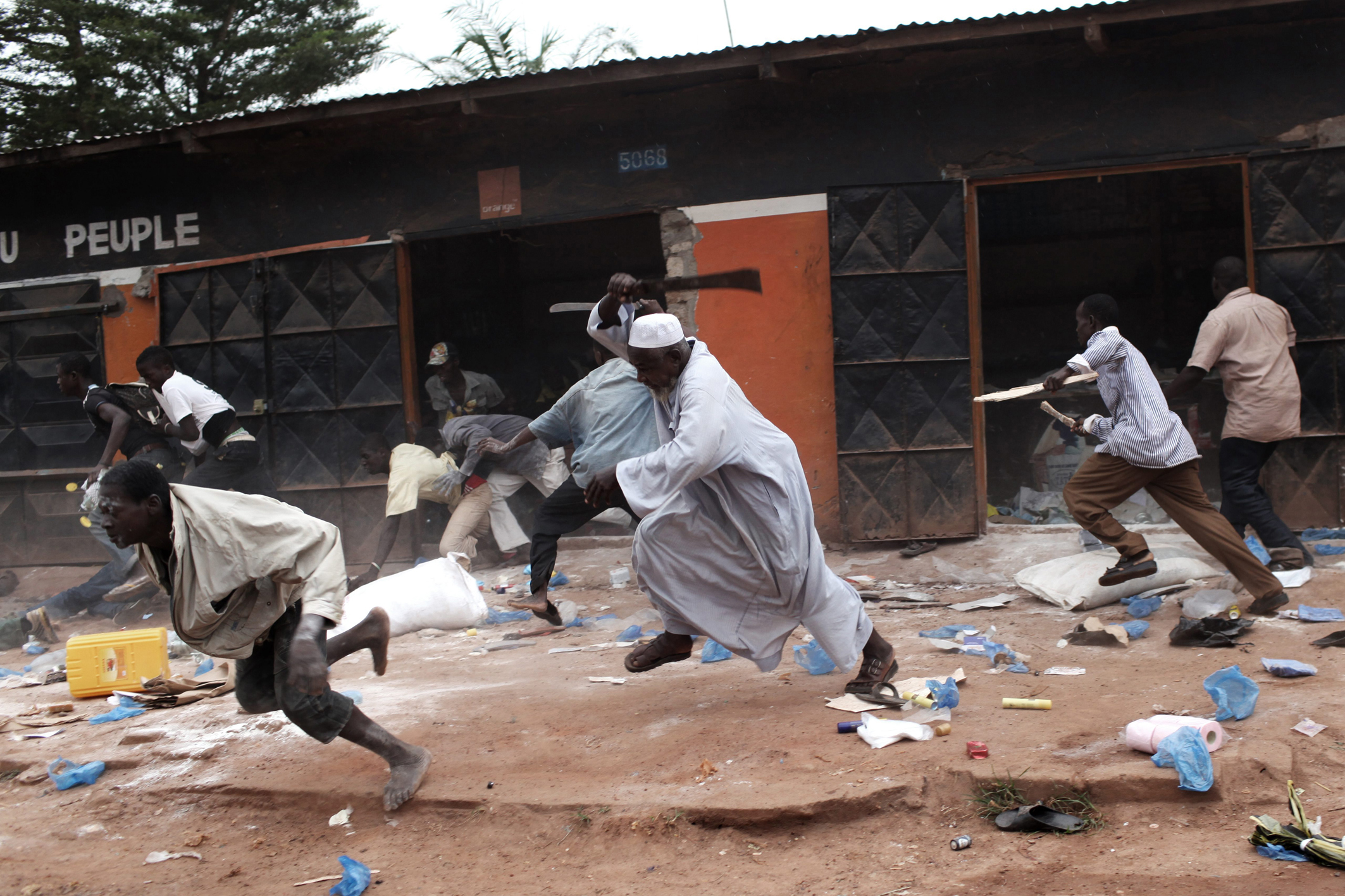
Photographers William Daniels, Pierre Terdjman and Michaël Zumstein share the same ambition: to go back to Central African Republic (CAR) to continue the work they started in late 2013 and early 2014 when the country’s ethnic, religious and political divisions led to the massacre of 2,600 people.
But they face a major obstacle: a lack of international interest in a region that only makes headlines when the most extreme violence erupts.
“Fewer journalists are going to CAR today since it’s become more difficult to get support from media organizations,” says Daniels, a French photographer who, earlier this year, covered the fighting for TIME and a handful of other international publications. “For many people, CAR is just another poor and undeveloped country in Africa where everyone’s fighting everyone. We don’t understand why, and we don’t even want to understand.”
Zumstein, on assignment for the French newspaper Le Monde, was one of the first journalists to fly to CAR in September 2013 to document the increasingly volatile situation there. Terdjman, who had received backing from Paris Match in the early days of the conflict, soon joined Zumstein, with both men sharing hotel rooms, cars and drivers, often working alongside other photographers and journalists.
“I felt there was no competition between us,” Zumstein tells TIME. “We were all motivated by the story. We [sometimes] wondered whether we were doing the same things, but in the end, that wasn’t the case.” The fact that Zumstein worked for a daily newspaper while Terdjman filed his pictures to a weekly magazine also helped create a sense of collaboration between the two photographers. “We weren’t building the same narratives,” says Terdjman. “It’s rare to be able to work like this with another photographer—to go beyond your own photographs and your own narrative. It felt like a sort of workshop.”
Many of these photographers’ conversations come back again and again to the role they were playing in documenting the conflict—especially when they were witnesses to acts of barbarism. “When you witness a guy being cut in pieces and emasculated in front of you, your first reaction as a journalist is to get the photograph, but the second thing is to try to understand what actually happened,” says Zumstein. “A few times, we’ve discussed whether we should publish such images.” While both men sent violent and disturbing photographs to their respective newsrooms, they often argued for them to remain unpublished. “Part of the propaganda campaign in CAR is to scare your adversary,” Zumstein adds. “We can become intermediaries in these situations. At some points, guys would come to us announcing that they had arrested a Muslim man and were going to kill him in front of us. In these situations, you know that if you accept, you’ll witness [acts of torture] that might not have taken place otherwise.”
Still, all three photographers are unwavering in their dedication to cover the country’s deeply rooted struggles. “CAR has an unbelievable past,” says Daniels. “In the last 40 years, only one president was able to finish his term. All of the others were removed in coups.”
Despite this troubling history, recent coverage of the violence in the former French colony has been sparse. “TIME was one of the only international magazines that continued to follow the situation on the ground even after the worst of the fighting,” says Daniels. “Many organizations felt that it was France’s problem, and that was also the case when it came time for the international community to commit military forces to stem the fighting.”
This position still stands today. “I want to go back,” says Terdjman, who has been struggling to find further funding. “I feel that this lack of interest is due in part to the predominance of 24-hour news networks. I think they are responsible for that sense of saturation that so many people feel. It’s like this open faucet that inundates you with updates at all times of the day. At some point, viewers don’t want to hear anything more about this, and that’s particularly true when you’re working for a magazine. When a magazine comes out on a Thursday and discusses an event that took place on the preceding Monday, you have to understand that news networks and the online publications have spent these three days talking about these events non-stop. When your readers buy that issue, they’re already saturated.”
As a result, photographers have been forced to find different angles to these stories or pursue ever-elusive scoops. “It makes it very difficult,” says Terdjman. Daniels believes the lack of coverage has implications for the situation on the ground. “I’m pessimistic about the evolution of this crisis,” the latter tells TIME. “France and the African Union are struggling to stop the fighting and the international community isn’t playing a real part. The problem is that without any media [coverage] of what’s happening there, it’s going to be hard for things to change.”
Zumstein shares that pessimism, even though he believes he’s done his job as a journalist and photojournalist. “The fact that I was there in the early days and that we were able to publish a large essay in Le Monde Geopolitique [one of Le Monde’s spin-off titles] helped bring awareness to the issue,” he explains. “I’m proud of what we did, since, very quickly, a lot of photographers and journalists contacted me to inquire about CAR. I felt that a lot of them became interested in the story after the work we did.”
Now, Zumstein adds, as United Nations deploys its troops in CAR — 636 uniformed personel in position as of July — it will be time for someone else to document that chapter of the country’s history. “That’s another story. I don’t feel I have to play an urgent role in it, but it doesn’t mean I won’t pay attention to what’s going on there. When I go back, I’ll do something else. I’ll look to draw conclusions about what has happened there.”
Daniels, who’s received funding to continue his work, will be back later this September. But he remains pessimistic about the impact of his work. “Right now, all eyes are turned towards the Ebola crisis in Western Africa. I’ve received many offers of assignments to cover Ebola, but none to go back to CAR.”
William Daniels is a photographer represented by Panos Pictures. Daniels previously wrote for LightBox about his escape from Syria. Pierre Terdjman is a freelance photographer and the co-founder of the #Dysturb collective. Michael Zumstein is a French-Swiss photographer represented by Agence VU.
Olivier Laurent is the editor of TIME LightBox. Follow him on Twitter and Instagram @olivierclaurent






More Must-Reads from TIME
- Donald Trump Is TIME's 2024 Person of the Year
- TIME’s Top 10 Photos of 2024
- Why Gen Z Is Drinking Less
- The Best Movies About Cooking
- Why Is Anxiety Worse at Night?
- A Head-to-Toe Guide to Treating Dry Skin
- Why Street Cats Are Taking Over Urban Neighborhoods
- Column: Jimmy Carter’s Global Legacy Was Moral Clarity
Contact us at letters@time.com